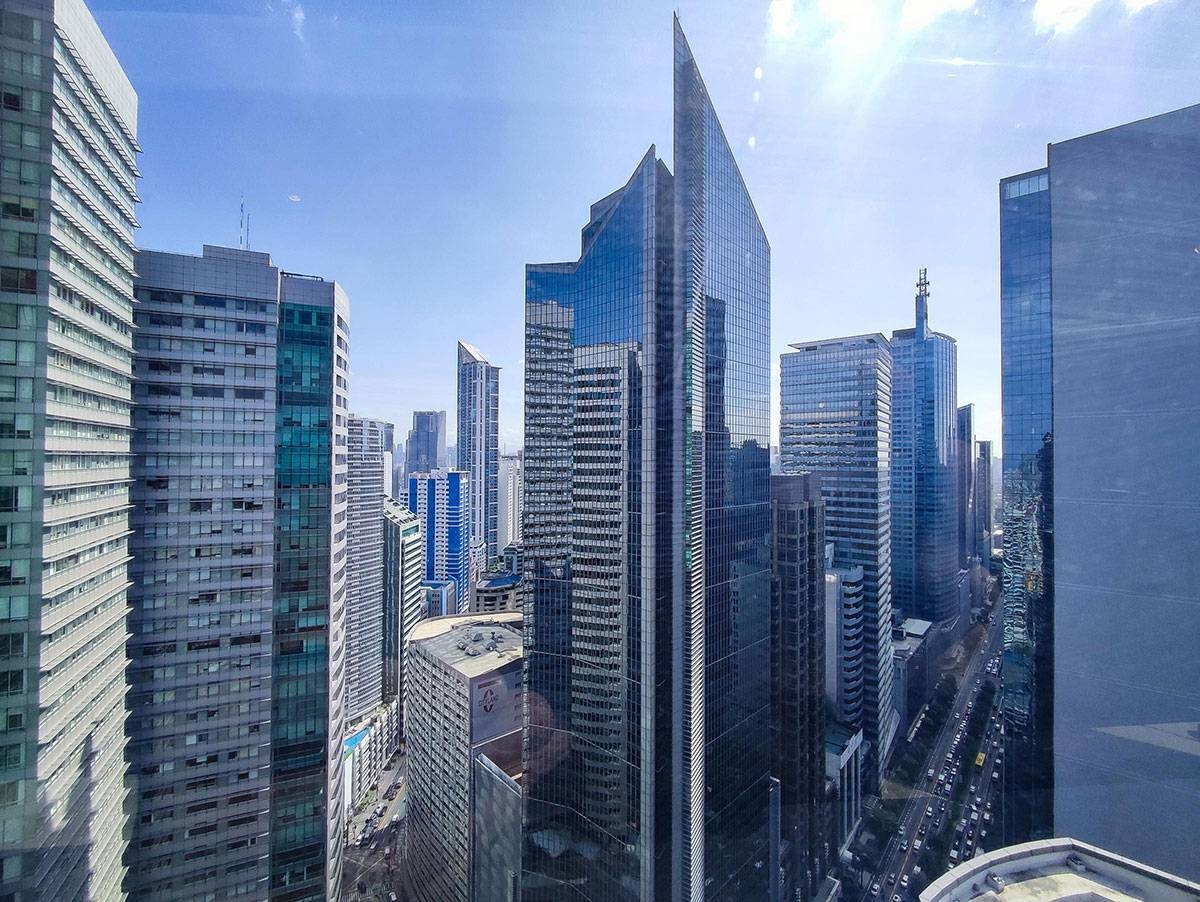[ad_1]
PHILIPPINE economic growth is expected to slow below 6.0 percent this year and the next following last year’s above-target 7.6 percent, a senior S&P economist said on Monday.
“Because of base year effects, we expect that the growth rate of the Philippines this year will moderate somewhat because last year was so strong,” S&P Global Market Intelligence Asia-Pacific Chief Economist Rajiv Biswas told The Manila Times.
“We cannot have that kind of high rate for two years,” he added.
As announced earlier this year, 2023 gross domestic product (GDP) growth is expected by S&P to hit 5.8 percent. The expansion for 2024, meanwhile, will be marginal at 5.9 percent.
Biswas said the outlooks — described as “very strong” — were based on continued domestic demand and government spending on infrastructure.
“This year and next year will still be a very strong expansion for the Philippine economy and [one of] the key drivers … [is] going to be private consumption,” he said.
“Also, government infrastructure spending will be quite rapid —the revenues have been boosted by the strong growth of the economy last year — so that gives considerable room for strong expansion and infrastructure spending by the government.”
Tourism will also have more of an impact this year, the S&P economist continued, noting that it accounted for about 13 percent of the GDP prior to the pandemic.
“Last year was a transition year where tourism started to improve, but I think this year [tourism is] going to get significant gains,” Biswas said.
One weak spot for the Philippines, however, is exports, particularly that of electronics given a slowdown in key markets such as the United States and European Union.
Based on the S&P’s latest survey, the global electronics purchasing manager’s index signaled a contraction in March, dropping below the threshold with a reading of 48.4 from 51.4 a month earlier.
“A solid decline in order book volumes drove the latest downturn,” Biswas said.
Medium-term prospects for the electronics sector, still, remain positive due to the increasing intensity of electronics components used across industries.
Once inflation starts coming down and interest rates stabilize in the US, “consumer confidence may improve.”
Risks to the outlook will come from the external environment and Biswas also said that China’s recovery was “not as strong as people expect”.
“If global inflation remains higher than expected in the US and in the EU, that could also be a risk,” he added.
Inflation in the Philippines, meanwhile, is still projected to hit 5.8 percent this year, higher than the 2.0- to 4.0-percent target of the Bangko Sentral ng Pilipinas (BSP) but slightly lower than the current forecast of 6.0 percent.
“Our expectation is that inflation is now turning — we already saw that in March… we do expect that inflation pressures will moderate over the course of 2023,” Biswas said.
The annual average is expected to moderate to 3.3 percent next year.
On a monthly basis, consumer price growth is expected to fall below 5.0 in August and return to the 2.0- to 4.0-percent target band by October.
“If inflation does come down significantly then the debate will be when will BSP start to ease [monetary policy],” he added.
Biswas remarked that the central bank might probably “not tighten much” — an outlook also held by other economists given slower inflation in February and March.
BSP Governor Felipe Medalla has said that a pause could be ordered next month if inflation falls further this month.
[ad_2]
Source link

